How to choose fruits for diabetics? The more acidic, the better?
Diabetic patients need to pay attention to the four principles of eating fruit
1, want to eat fruit, have to control blood sugar concentration
If you want to eat fruits you have to measure your blood sugar first, the fasting blood sugar measurement should be below 140mg/dl (7.8mmol/L), the 2-hour postprandial blood sugar should not be more than 180mg/dl (10mmol/L), and the value of glycated hemoglobin should be controlled at less than 7.5%, and the blood sugar will not fluctuate greatly on a regular basis.
2. Time to eat fruit
If you want to eat fruit, you can choose to eat it in between two regular meals, such as at 10 a.m. or 3 p.m. You can eat it as an extra food, or you can eat it an hour before bedtime.
Intermittent intake avoids consuming too many carbohydrates at once to prevent overloading the pancreas. Eating fruit before or after a meal is generally not recommended for diabetics and can cause blood sugar fluctuations.
3. Number of fruits eaten
If you want to eat fruits, you have to reduce the amount of staple food according to the food equivalence exchange method to ensure that your daily calorie intake remains the same.
Therefore, depending on the effect of fruit on blood sugar, you can eat roughly 200 grams of fruit per day, in which case you should reduce your main meal by half a tael.
4. Choice of fruits
Many patients think that "not sweet" fruits are low in sugar and can be eaten more often.
But in fact, no matter what the flavor of the fruit is, it is made up of some glucose and fructose, so you can't measure the amount of glucose-fructose by how sweet or sour it is.
Of course, diabetics should eat fruits that are low glycemic or low in sugar to maintain their blood sugar temperature.
How to choose fruits for diabetics? The more acidic, the better?
As we all know, fruits are rich in nutrients and can be consumed by diabetics with stable blood sugar control. Nowadays more doubts lie in how to choose, I believe that many sugar lovers will try to choose not sweet fruit, that is, acidic, think that such fruits contain less sugar, less impact on blood sugar, but in fact this kind of rootAccording to the sweetness of the choice of fruit is not scientific, diabetic people pick fruit is not the more acidic the better.
Why is this? And how to choose? Follow Word Food to find out!
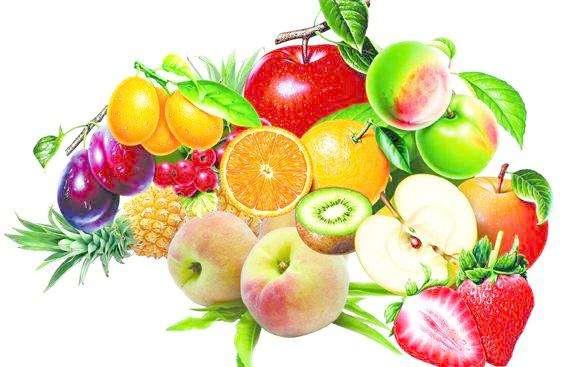
Many people take it for granted that the sweeter the fruit, the higher the sugar content, which is a misconception.There is no absolute correspondence between fruit sugar content and sweetness, fruits that taste sweet are not necessarily high in sugar, and fruits that are not sweet are not necessarily low in sugar.
To take an obvious example: watermelon is sweet, hawthorn is tart, and dragon fruit is light, but of these, watermelon only has a sugar content of5.5%And the dragon fruit is13.3%Hawthorn22%[1], of the three, watermelon has the lowest sugar content but is the sweetest, and hawthorn has the highest sugar content but is the most acidic. This is a result of theCaused by different types and amounts of sugar in different fruitsThe main soluble sugars in fruits areSucrose, glucose, fructose, etc., of which fructose is the sweetest。
In addition, some fruits with high sugar content are also high in organic acids, which overpower the sweetness with acidity, resulting in a final taste that is not only not sweet but also very sour.Therefore, the more acidic the fruit, the better for diabetics.
After the above analysis, some readers may be able to choose fruits based on their sugar content, but that's not enough either, because different kinds of sugar affect blood sugar differently. In fact, the best basis for a diabetic's choice of fruit, or even of all things, is the fruit's "glycemic index"and"Glycemic load".
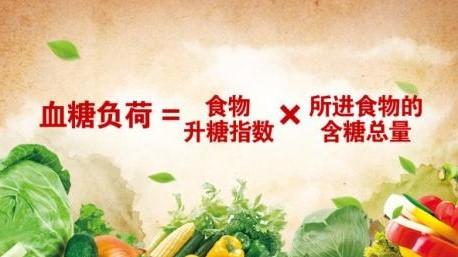
Glycemic Index (GI)It is a parameter that responds to the type of food and the level of carbohydrate digestion;
Glycemic load (GL)It is the glycemic index multiplied by the carbohydrate content of a given amount of food, and is an indicator of the total glycemic effect of a diet in relation to the quality and quantity of carbohydrates consumed [2].A more comprehensive evaluation of the magnitude of the effect of ingested food on blood glucose.In general, diabetics should try to chooseLow GL foods, because they have less of an effect on blood sugar, and the same goes for choosing fruits, while being careful to control the amount you consume at a time.
Below are the glycemic loads (GL) of some common fruits, indicating thatPer 100 gramsmagnitude of the glycemic effect of fruits [3]:
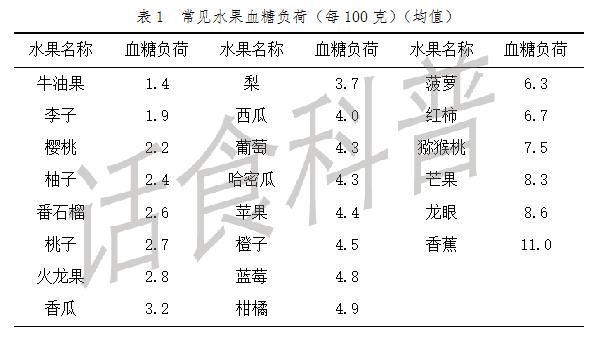
Diabetics choose fruits in addition to try to choose a small glycemic load, but also to choose the right time to eat fruits, generally better between meals, to avoid before or after meals.
Sure.The most important thing is to control your intakeThe higher the glycemic load, the less fruit should be consumed at any one time, but this does not mean that fruit with a low glycemic load can be eaten more often; even a low glycemic load can cause large fluctuations in blood glucose if too much is consumed.
References:
[1] NutrientComposition.com - Food Nutrient Table | NutrientCheck.http://yingyang.00cha.com/
[2] JIN Jinghong, LU Tanyun, WANG Junxiu, BAI Jiaojiao, GAO Jian. Application of glycemic index and glycemic load in diabetes diet education[J]. Shanghai Nursing,2008,(03):72-76.
[3] Zhang Yinfa. Overview of the "International Glycemic Index Scale"[A]. New Observations on Nutrition and Health (Sixth Issue): Topics in Chronic Disease and Nutrition[C]:2000:2.
Author: Huang Xiumin Zhao Lichao
Some sugar lovers in the choice of fruit, often think that not sweet or acidic fruit sugar content is often lower, eat after the impact on blood sugar is smaller, so for the taste of sweet fruit resolutely do not eat, for the taste of the fruit is not sweet fruit to eat at will. This practice is actually not right!
Acidic fruits are also likely to have a significant impact on blood sugar, so sugar lovers should choose fruits in accordance with theGlycemic Index (GI) to select fruits.
The glycemic index is related to both the sugar and fiber content of a food; the higher the sugar content (especially the higher the monosaccharide content) and the lower the fiber content, the higher the glycemic index.
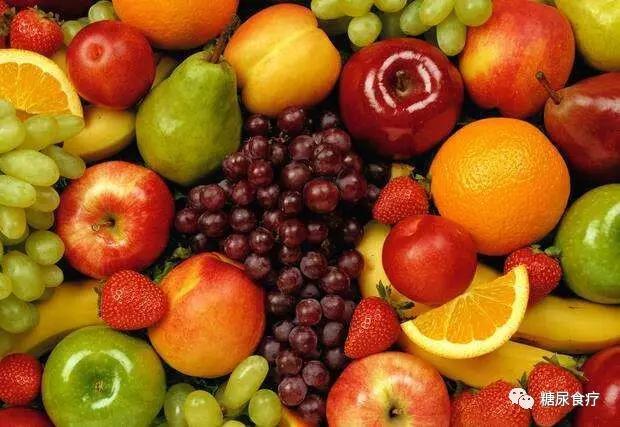
Some fruits are sweet but not high on the glycemic index, e.g. strawberries, cherries. Some fruits are not too sweet, but their glycemic index is not low, e.g. watermelon. Therefore, there is not necessarily a positive relationship between sweetness and glycemic index. The general sense of sweetness mainly comes from the sense of taste, but affected by the disease, the taste of diabetic patients and normal people have a certain deviation, therefore, you can not select fruits based only on the self-perceived sweetness.
GI values of selected fruits
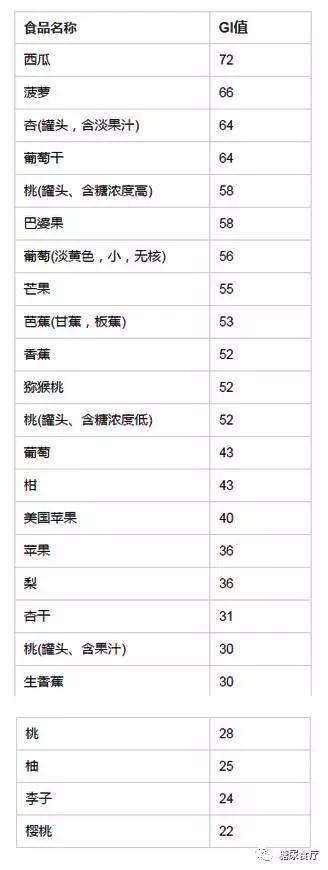
In summary, sugar lovers eat fruits mainly with reference to the GI of the food as an evaluation criterion for evaluating the impact on blood glucose. On the other hand, even fruits with low GI value can cause fluctuation of blood sugar if consumed in excess. And even fruits with high GI value will not make our blood sugar uncontrollable if we only eat a little bit. Therefore, sugar lovers can choose their favorite fruits rationally by themselves, fruits with high GI value can be eaten a little less, and fruits with low GI value can be eaten a little more. Overall, a day's fruit intake of 200-400 grams is appropriate.
Diabetics are allowed to eat fruits, here's how to eat fruits to control blood sugar
Foods with a high GI index have always been foods that diabetics resist because the rate and concentration of conversion to blood sugar after a meal is particularly high, especially fruit types. Diabetics should focus on fruits that are low in sugar and have a GI of less than 52, so that they can give enough nutrients to be absorbed and not aggravate their condition.
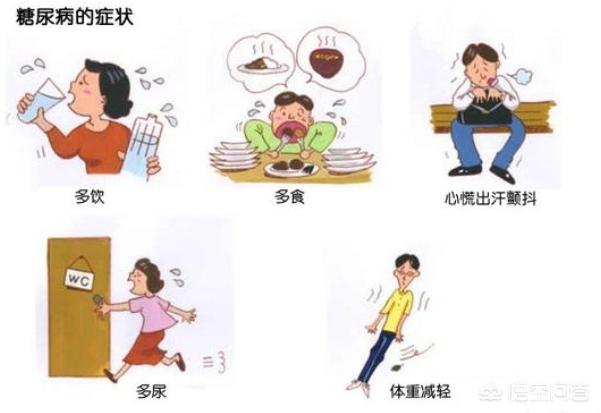
Data on sugar content of various fruits
Choose fruits on a daily basis, preferring those that are low in sugar.
Kernel fruits: the sugar content of various apples is between 11% and 15%; the sugar content of most pears is between 10% and 14%, among which the sugar content of wood pear is 8.2%, that of avocado is 7.4%, and that of hawthorn, begonia, and sago are higher than those of apples and pears, which are 25.1%, 19.2%, and 17.8%, respectively.
Nuclear fruits: the sugar content of peaches is about 10%, of which the highest sugar content of yellow peaches is 14%; the sugar content of plums is 8.7%, apricot's sugar content is 9.1%, the sugar content of all kinds of jujube is between 30.5% and 84.4%, and the sugar content of cherries is 10.2%.
Berry foods: most grapes contain between 10% and 12% sugar; pomegranates contain between 18.4% and 19% sugar; miller's persimmons contain 19.6% sugar; mulberries contain between 13% and 15% sugar, blackcurrants contain 15.4% sugar, sea buckthorn contains 25.5% sugar; figs contain 16% sugar, Chinese kiwi contains 14.5% sugar and strawberries contain 7.1% sugar. The sugar content of fig is 16%, Chinese kiwi is 14.5% and strawberry is 7.1%. Except for sea buckthorn, the sugar content of all berries is not high.
Citrus fruits: the sugar content of most oranges and mandarins is between 10% and 12%, with kumquats having the highest sugar content of 13.7%, and kohlrabi having a sugar content of 8.8%; Buntan pomelo has a sugar content of 9.5%, and lemons have a sugar content of 6.2%.
Tropical and subtropical fruits: those with a sugar content of less than 1 0% include mango, papaya, prune, yangmei, poppy, pipa; those with a sugar content of 10-20% include pineapple, prickly pear, guava, cinnamon, lychee, olive, yucca; those with a sugar content of more than 2 0% include plantain, pineapple nectar, dried cinnamon (64.8%), ginseng fruit, banana, coconut (31.3%).
Note: The sugar content of the fruits mentioned above refers to the edible portion per 100 grams, not the amount of the whole fruit. The edible portion of each kind of fruit is different, so "sugar lovers" can convert it according to the ratio you throw away.
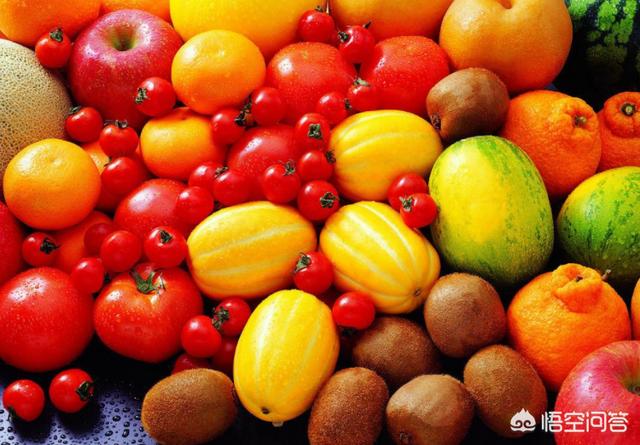
Proper glycemic control must be achieved with medication, islet cell maintenance, dietary control
1. Drug control with cellular conservation
Oral drugs include Xagliptin, biguanide hypoglycemic drugs, α-glucosidase inhibitors, insulinotropic agents and other drugs; injectable drugs include insulin and so on, and at the same time oral line oil Ganoderma lucidum sporoderma powder to enhance the antiviral and antioxidant capacity of the cells, especially pancreatic islet cells, to improve their ability to secrete insulin, to enhance the cellular energy supply to naturally reduce blood glucose, and to control the amount of medication to reduce the metabolism of the drugs of the liver and kidneys The burden of drug metabolism on the liver and kidneys is reduced.
2. Dietary management
People with diabetes should pay more attention to their diet, combining meat and vegetables and consuming more dietary fiber to slow down the metabolism and absorption of sugar.
3. Diabetes education: correct knowledge about diabetes, using the right methods to control the disease and slow down complications.
This question and answer are from the site users, does not represent the position of the site, such as infringement, please contact the administrator to delete.